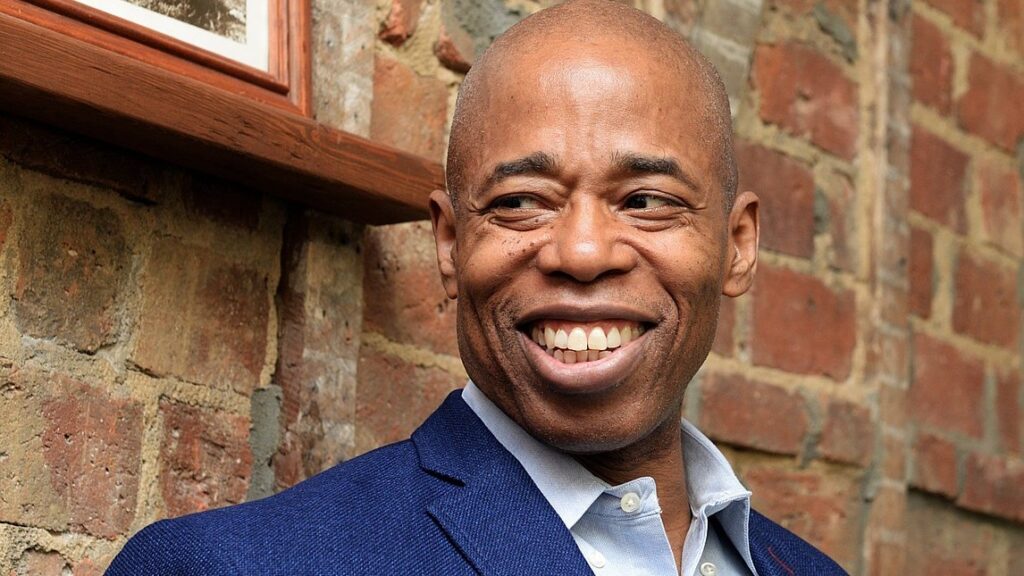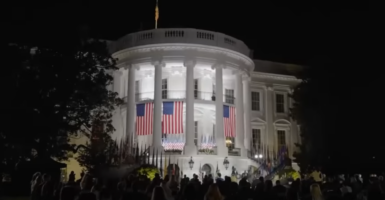NYC Mayor Given Extension For Control Over Public Schools
NYC officially extended mayoral control of public schools to Eric Adams for the next two years, giving him complete authority.

Mayoral control has been a widely used tool for major cities across the nation where public schools are perpetually failing students. New York City is one such that has been run this way for nearly two decades. For the past few months, uncertainty has loomed over the Big Apple, as the governor awaited up until the 11th hour to make a decision on whether or not to give the city’s mayor an extension of his power. At nearly the last possible second, Gov. Kathy Hochul extended Mayor Eric Adams control over schools.
Democratic Governor Kathy Hochul signed NY Senate Bill S9459 giving New York City’s mayor Eric Adams mayoral control over public schools for another two years. Adams has already had this power since he took office at the beginning of this year, taking over the previous law that was signed in 2019. In addition to extending his charge, the law will extend the number of board members from 15 to 23.
These members, generally appointed by Adams himself as part of his mayoral control authorities, aid the mayor and school Chancellor in making school decisions and policies. Under regulations, each appointee to the board is required to be a city resident. Furthermore, four of them are required to be parents of children attending a public school, with one of those needing to be enrolled in an individualized education program. Also, one member must have a bilingual or English as a second language student, and one board member whose child attends a District 75 school or program.
In New York City, mayoral control has been standard policy since 2002, but why was this enacted in the first place? It actually has been a normal practice in major cities for quite some time. Traditionally, schools are run by school board members. But in many instances, these boards have been accused of failing the needs of children over and over again. Because of this, some cities will shift power into the hands of the mayor, as it is seen as less of a bureaucratic move that will leave politics out of the equation.
The major question on everyone’s mind regarding mayoral control is whether it actually makes a difference. For one thing, districts under mayor supervision tend to use recourses in a more strategic manner. This tends to benefit the individual classrooms, as mayoral-led schools statistically have more resources per student when compared to other districts.
Additionally, school districts under mayoral control are said to be more likely to place a greater focus on teachers. These schools commonly have more teachers on hand, and in turn, create a lower student-to-teacher ratio. However, in NYC, class sizes are a big debate, and the mayor has been vehemently pushing against a bill that would lower class sizes.
In giving Adams mayoral control for a few more years, the NYC Mayor applauded the governor’s decision. In doing so, he reasserted his commitment to the city’s parents, students, and teachers alike, putting their needs first. Not everyone agrees with the way Adams is running schools, but either way, he will remain in control for two more years.



